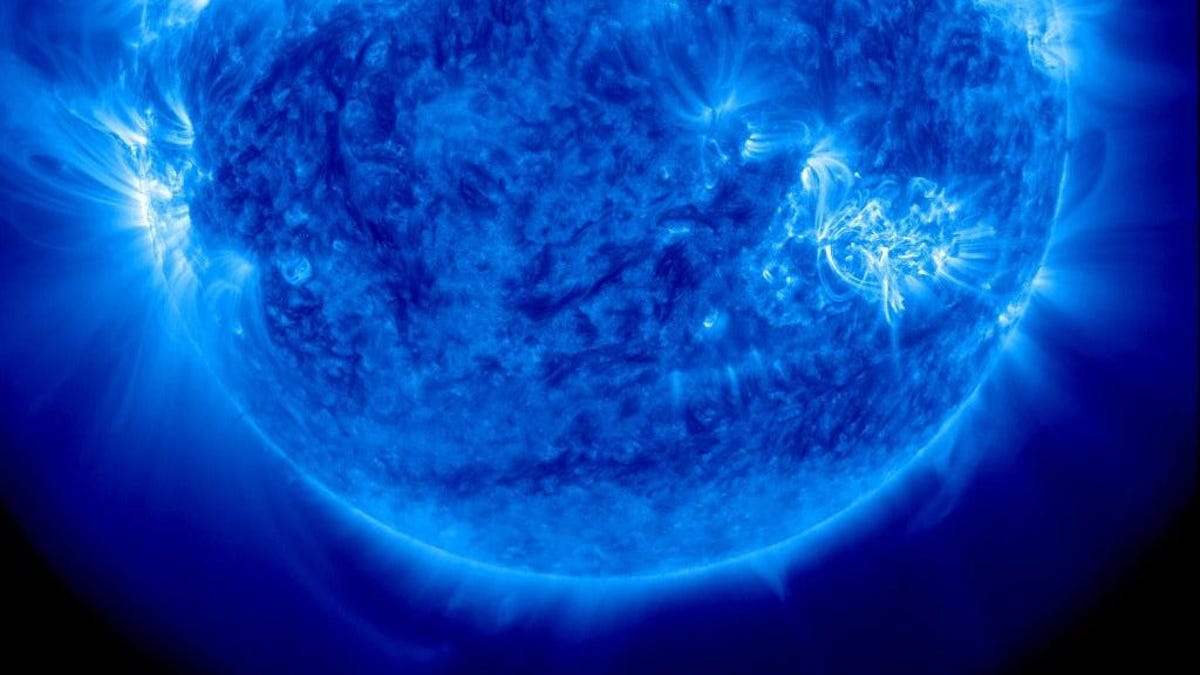Forecasted Severe Solar Storm to Impact Earth
The National Oceanic and Atmospheric Administration’s Space Weather Prediction Center has issued a forecast for a severe solar storm that is set to hit Earth tonight. These geomagnetic storms occur periodically, but as the Sun nears the peak of its 11-year solar cycle, the intensity of space weather events is escalating.
A geomagnetic storm is triggered by solar flares and coronal mass ejections (CMEs) on the Sun, leading to fluctuations in the solar wind that interacts with Earth’s magnetosphere. Typically, these storms result in stunning auroras as solar particles collide with the atmosphere, emitting visible light. However, they can also disrupt Earth-based systems such as GPS navigation, power grids, and communication networks.
Severity of the Incoming Solar Storm
The Space Weather Prediction Center has classified the impending storm as Severe (G4) and issued a Geomagnetic Storm Watch, marking the first alert of this nature since January 2005. Forecasts indicate that Earth will experience at least five CMEs directed towards it from midday on May 10 to May 12. Recent solar activity on the Sun has included a powerful X1.1 solar flare, reflecting the increasing intensity of space weather conditions.
Additionally, NOAA documented an even stronger X2.2 solar flare earlier on, highlighting the dynamic nature of solar events. Experts from the Space Weather Prediction Center are scheduled to hold a press conference at 10 a.m. ET today to discuss the storm and its potential impacts.
Solar Flare Activity and Sunspot Observations
Recent solar flares on the Sun have been associated with a large sunspot cluster approximately 16 times the width of Earth. Interested individuals can observe this sunspot using eclipse glasses, ensuring their safety and protection from the Sun’s intense radiation.
NOAA has observed only three Severe geomagnetic storms since the beginning of the current solar cycle in December 2019, with the most recent occurring in March 2024. The last G5 geomagnetic storm, a more severe category, took place in October 2003 and resulted in power outages in Scandinavia as well as infrastructure damage in South Africa.
Implications of Solar Cycle Activity
The Sun’s activity follows an 11-year cycle, meaning the current solar cycle is projected to continue until 2030. As highlighted in previous reports, satellite operators face challenges due to the unpredictable nature of solar storms and their potential impact on off-Earth infrastructure. Observations of the ongoing solar event will provide insights into its effects, with hopes for captivating auroras and minimal disturbances to critical systems.
Image/Photo credit: source url





